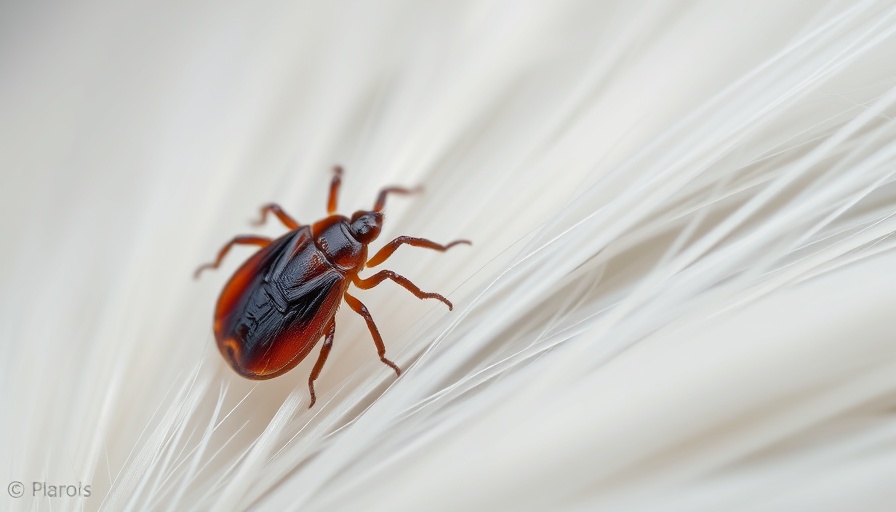
Understanding Furunculosis: What Every Dog Owner Should Know
Furunculosis in dogs might sound alarming, but increasing awareness around this skin condition can empower pet owners to take proactive steps toward prevention and treatment. This deep-seated bacterial infection can seem ominous, especially when it manifests as inflamed, painful bumps under your dog's fur.
What Causes Furunculosis in Dogs?
Furunculosis is caused primarily by Pseudomonas species of bacteria, known for their resilience and difficulty to eradicate. While many assume poor grooming practices are responsible for the sudden appearance of these bumps, owners should consider that sensitive skin and pre-existing conditions can be underlying factors that become more visible after grooming sessions.
Identifying the Symptoms: How to Spot Furunculosis
Recognizing furunculosis is vital for early intervention. Symptoms often manifest as painful red bumps that may produce pus, but they are often confused with other skin conditions like hives or folliculitis. Knowing the typical areas where furunculosis surfaces can help in early detection:
- Muzzle/Face: Most common in young dogs, this may look like puppy chin acne initially.
- Interdigital Areas: Between the toes, leading to inflammation and discomfort.
- Anal Region: Often leads to significant irritation.
- Body: Usually appears after grooming, typically in less severe cases.
Effective Treatment Strategies for Furunculosis
When dealing with a case of furunculosis, it's crucial to act quickly.
For mild cases identified early, topical therapies including thorough cleaning and drying can be beneficial. However, many dogs may require an oral antibiotic and anti-inflammatory medication to alleviate pain and swelling. Cleaning the area effectively helps to prevent moisture accumulation, which supports bacterial growth.
Preventing Furunculosis: Tips Every Dog Owner Can Use
Preventing furunculosis relies on minimizing the risk factors that contribute to this condition. Regular grooming, using proper techniques, and keeping your dog's skin healthy are essential. Here are some preventative measures:
- Groom Regularly: Not just as a beauty regimen, grooming helps you monitor your dog’s skin health.
- Check for Conditions: Keep an eye out for minor skin irritations that could lead to an infection.
- Encourage Healthy Diet: A balanced diet helps bolster your dog's immune system.
The Emotional Impact of Furunculosis on Dogs and Owners
Understanding that our furry friends can experience pain and discomfort from conditions like furunculosis gives a more profound perspective on the emotional bond we share. As owners, the sight of our dogs in distress can be overwhelming, and supporting them through skin treatments can reinforce the loving connection we share.
Conclusion: Take Proactive Steps for Your Dog’s Health
In summary, while furunculosis can be a challenging condition to manage, informed and proactive dog owners can effectively treat and prevent it. By staying vigilant and adhering to preventive practices, you can help ensure your dog's skin remains healthy and free from painful infections.
 Add Row
Add Row  Add
Add 




Write A Comment